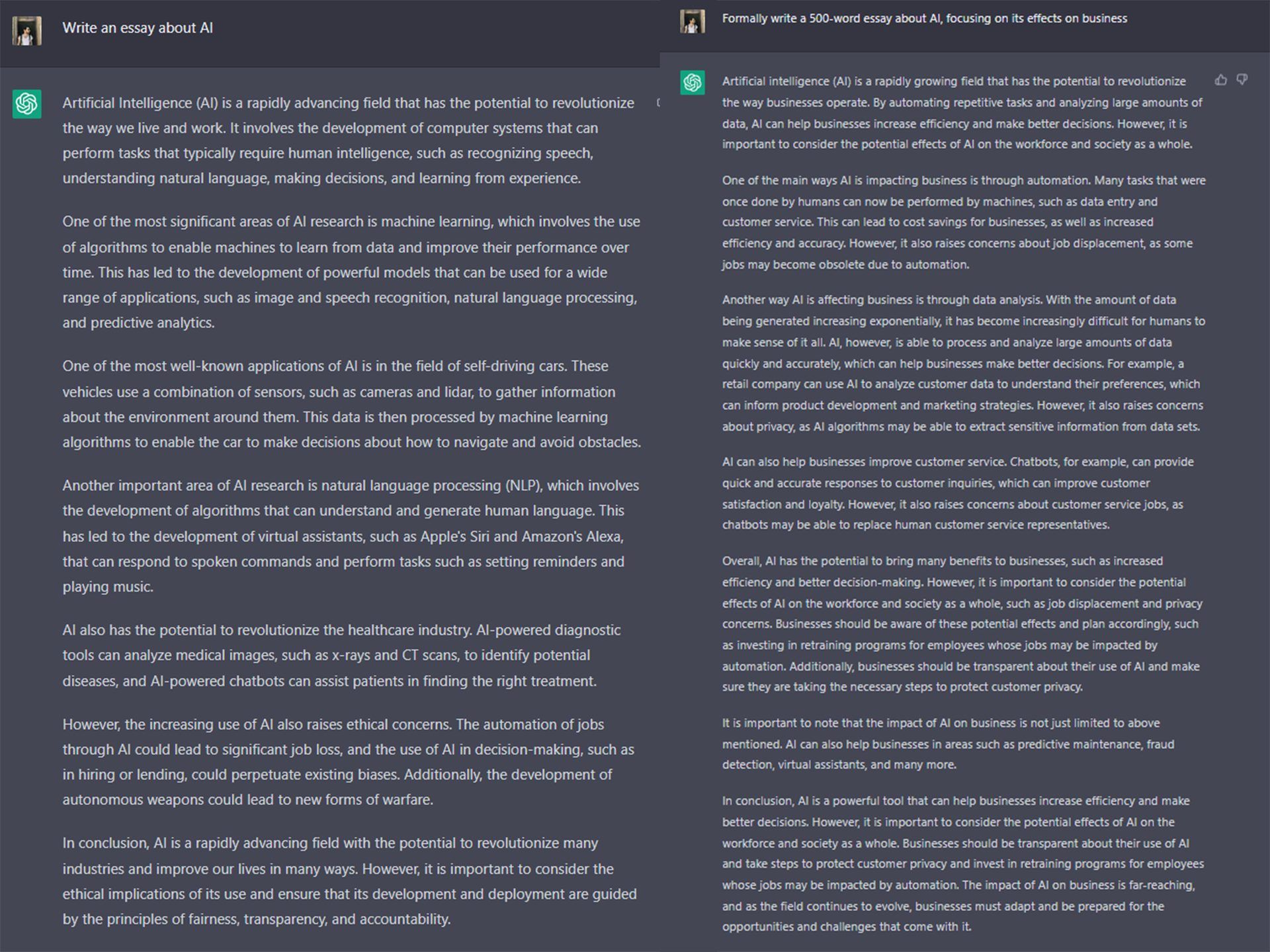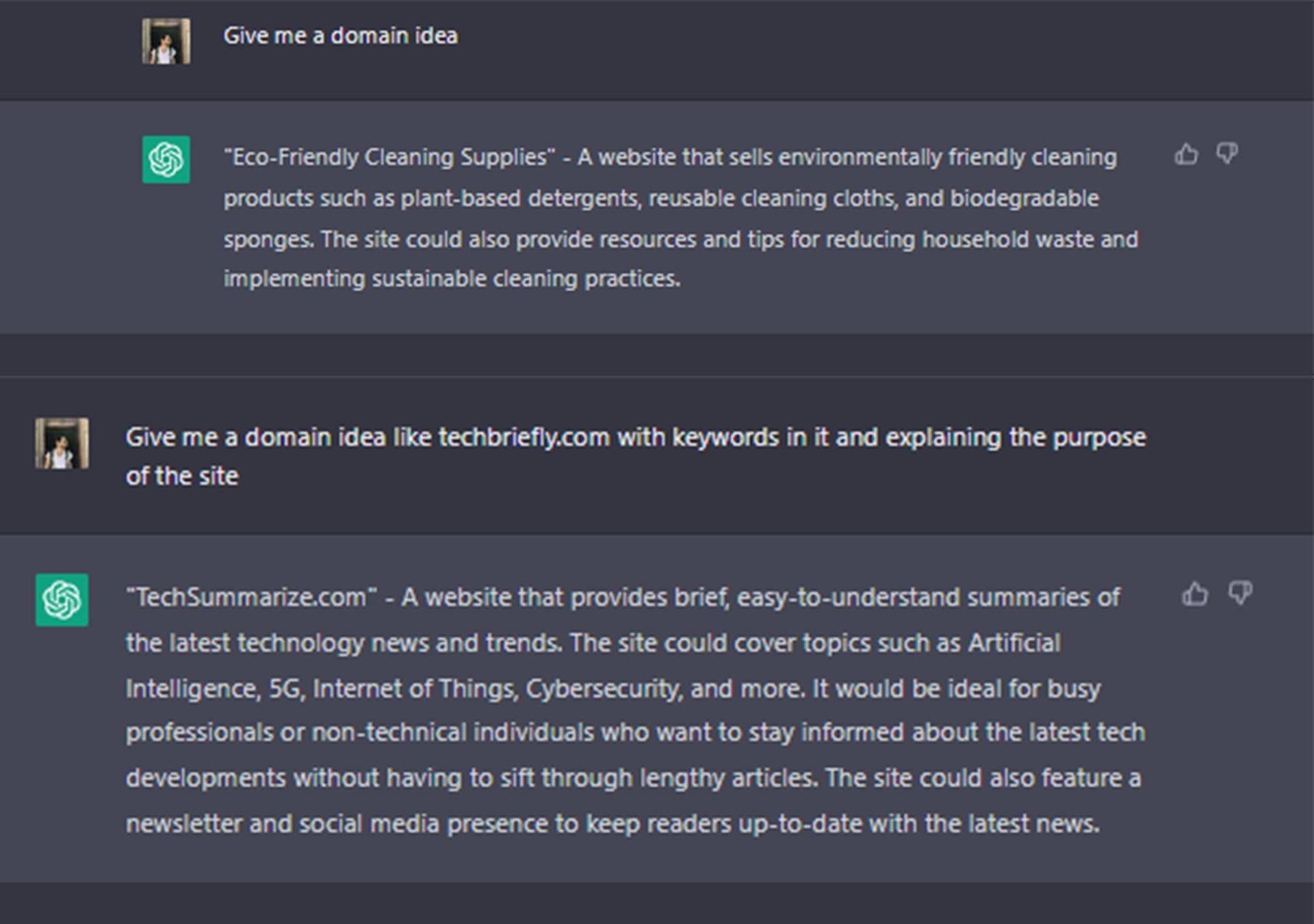Meet the concept of AI prompt engineering. You need to understand how to ask the appropriate questions to achieve the results you want from text-to-text or text-to-image artificial intelligence systems like ChatGPT or DALL-E 2. The potential of these instruments suggests that those who ask such questions will gain prominence as they become standard practice in the commercial sector.
Given this insight, we may now witness the rise of the future’s most in-demand profession: prompt engineers.
What is AI prompt engineering?
AI prompt engineering refers to the practice of using prompts in order to achieve the desired outcome from an AI tool. A prompt might be anything from a single word to an entire statement or code block. The use of questions as prompts is a human innovation. Using prompts to educate an AI model to deliver the required outcomes when given a certain job is analogous to giving a person a jumping-off point for writing an essay. Similar to how a human writer may start an essay, an AI model might take a question and develop it into a finished piece.

What is a prompt? Remember that text is the key interface for most generative AI models to communicate with their users. The model can be told what to do by entering commands into a textual interface. The model’s prompt is the high-level direction you give it. DALLE-2 and Stable Diffusion, two artificial intelligence models used to generate images, mostly respond to descriptions of the desired result. Both GPT-3 and ChatGPT are examples of LLMs where the prompt can be anything from a basic question (such as “Who is the president of Turkey?”) to a difficult problem involving multiple facts (note that you can even input a CSV file with raw data as part of the input). You may also consider “Tell me a joke” to be a quite vague request.
AI prompt engineering entails designing and generating input data for AI models to teach them how to carry out a given activity. The data must be correctly typed and formatted so that the model can read it and learn from it. AI prompt engineering aims to generate high-quality training data that will allow the AI model to generate reliable predictions and judgments. It’s a crucial stage in bringing AI technologies to life.
The GPT-2 and GPT-3 language models are significant AI prompt engineering advancements. Multitasking prompt engineering that used many natural language processing datasets performed well on new tasks in 2021. Language models have been found to be more accurate when confronted with cases requiring a line of reasoning. The wording in the prompt (such as “Let’s ponder step by step”) that encourages logical progression may increase the efficiency of a language model in solving problems requiring multiple reasoning steps through zero-shot learning. The ubiquitous accessibility of these resources can be attributed to several open-source notebooks and community-led picture-synthesizing activities.
In 2022, many machine learning models were made available to the public, such as DALL-E, Stable Diffusion, and Midjourney. These models’ capacity to take word prompts as input and output relevant pictures has created a new sector of AI prompt engineering called text-to-image prompting. Although this technology has seen widespread use, many users still encounter obstacles to success; we provide a few suggestions for these people.
AI prompt engineering guide
If you know how to prompt these new broad and powerful generative models, you can have them generate everything from great stories to breathtaking graphics to unique functions like a text summarizer or automatic video editor tool.
The components of a prompt:
- Instructions
- Question
- Input data
- Examples
All of these components must be properly blended for AI prompt engineering to be successful.

So, how to write a good prompt? The following are some suggestions for improving AI prompt engineering:
- Make sure the # or ” separates the instructions from the context in the prompt.
Don’t put it to use like this:
Rewrite the text below
{text input}
It’s better to type a prompt like this:
Rewrite the text below
“””
{text input}
“””
- Providing as much specific, descriptive, and in-depth information on the subject at hand is crucial to achieving the desired goal, length, structure, style, etc.
Don’t put it to use like this:
Write an essay about AI
It’s better to type a prompt like this:
Formally write a 500-word essay about AI, focusing on its effects on business
- Use an example to explain your goals.
Don’t put it to use like this:
Give me a domain idea
It’s better to type a prompt like this:
Give me a domain idea like techbriefly.com with keywords in it and explaining the purpose of the site
- Be direct and concise in stating your needs. Simplify your language and cut out the fluff.
Don’t put it to use like this:
Briefly explain the history of AI to me and mention historical events in minds of the reader.
It’s better to type a prompt like this:
Explain the history of AI in a brief and catchy way
- Particularly when using text-to-image AI techniques, it is important to be as descriptive as possible and pick the appropriate theme/format.
- Add some sample images to the text-to-image AI programs.
While AI models are always improving, getting the precise required results can still be difficult. While this is improving, AI prompt engineering is also required before these massive models can reach their full potential. Let’s examine some real-world examples, then.
Prompt engineering examples
Here are some of the prompt engineering examples:

As you can see from the example above, we have an essay that attempts to clarify the issue by touching on varied topics with prompt change.

As you can see, we were able to be a result in the second example by sampling at the prompt; however, in the first example, we were unable even to obtain a domain name.

The prompt is “draw a human in an office” in the example on the left and “draw a human in an office while looking at a PC” in the example on the right. As you can see, although the example on the left gives little indication of the office setting, defining the prompt helped us achieve better outcomes.
It might be difficult to write a decent prompt since it demands both clear and succinct language and a grasp of the prompt’s purpose. A good prompt should be clear, open-ended, and explicit; it should provide the reply enough details to grasp what is being asked and the intended response. It also leaves room for interpretation and original thought.
A good prompt should also be intriguing, relevant, and appealing to the target audience. The context and purpose of the prompt should also be kept in mind.
Overall, it depends on the difficulty of the work or the message you are attempting to express, but with a little experience and close attention to detail, anyone can create a strong prompt.

A prompt should be in line with the current job, topic, or study goal. It should be planned to elicit the data required to produce the intended results. A thoughtful prompt can ensure that the information gathered is pertinent and helpful for the intended aim.





